

Old 12v accessory battery.
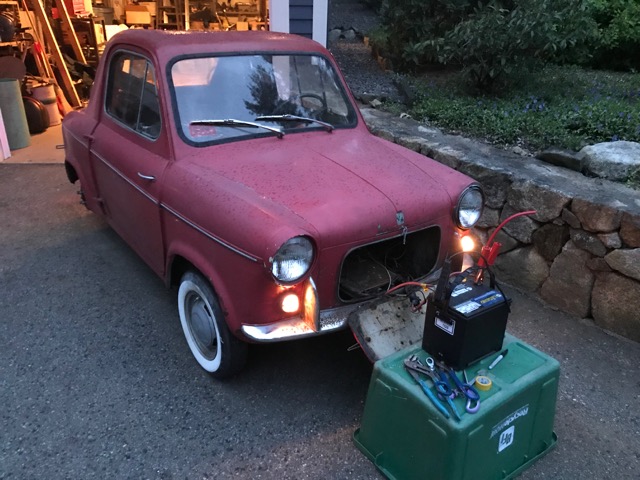
New batt... what do you know?! Lights work!
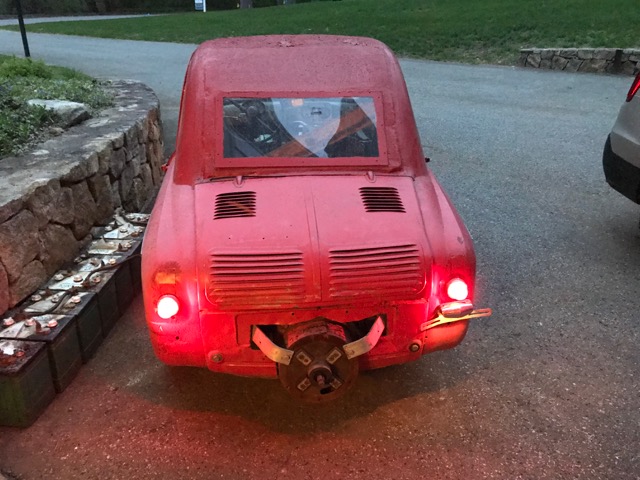
Not the brake lights, but hey! Nice!

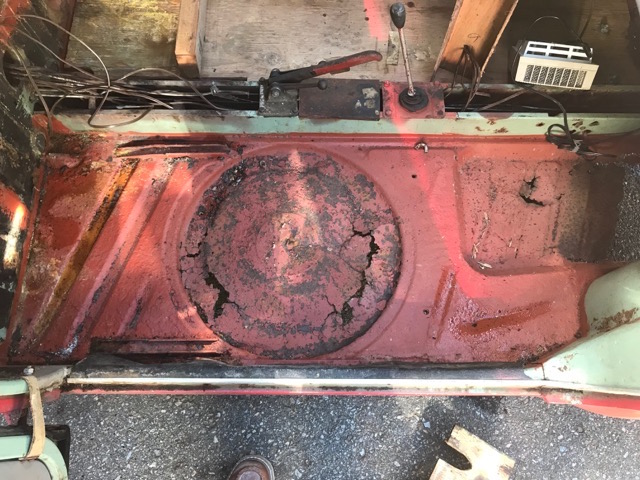
Under the passenger's side plywood floor patch is the old spare-tire well.
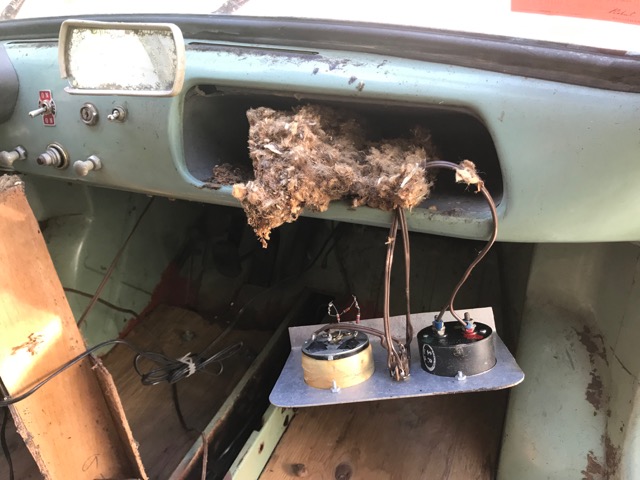
Another mouse nest! They chewed through some insulation... I have to splice up the wires.

Fan for ventilation during charging... lead-acid batts produce hydrogen gas, and exhaust fans are standard procedure.
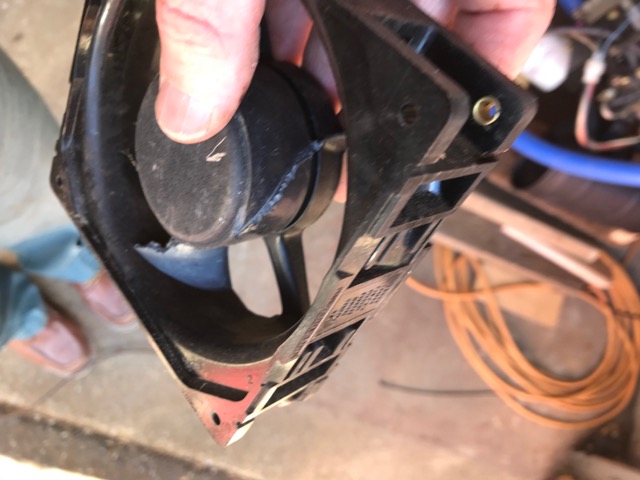
Yet... the mice. They chewed off three out of four blades, and almost finished the fourth.

Center console cleaned up (and documented from underneath!). Turns out all of the electric drive's contro wiring goes through here.
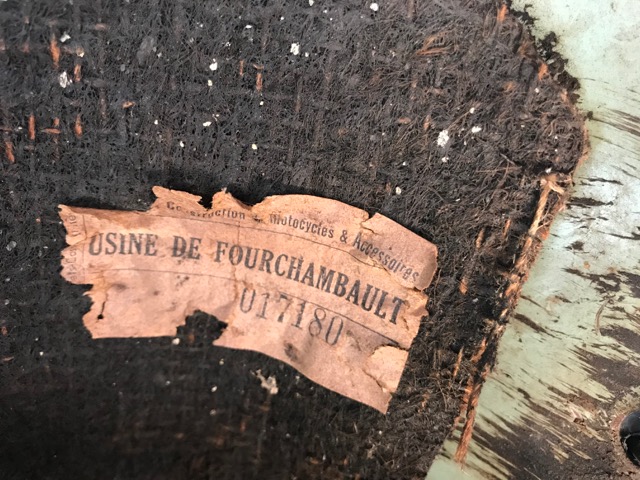
Forchambault... the home of the ACMA plant that built the 400.
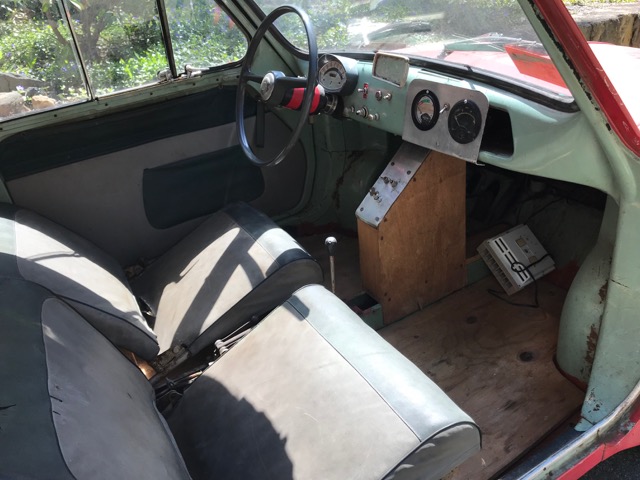
Cleaning up nicely! Note the 12v heater on the floor.

Open up the e-motor to find... another mouse nest!
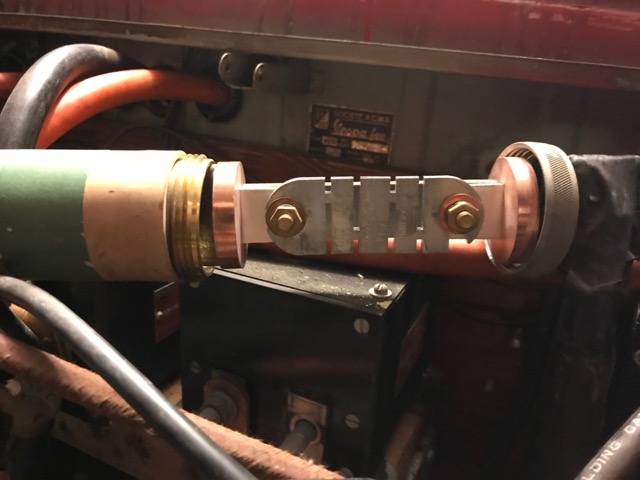
400A fuse (not blown!). It is there to protect the system if, for some reason, the series-configuration relay is energized while the parallel-configuration relay is, too.

Navy surplus, baby! Built in 1953, and here in this '70s conversion. 400A contacts, 28v coil.

Only two of the six Navy relays operated when energized. But once opened, a little silicone on the solenoid mechanisms and a little wiggling, and voila.
At this point (5/19/2019), everything in the traction system is ready to go. The summary: The relays, from left to right: 1) "go" relay (energized when the river steps on the "gas"; 2) and 3) are for putting the two 24v battery strings in parallel (giving low voltage but high current; an electrical "first gear") ; 4) the series relay, which puts the two 24v strings in series, for a 48v signal to the motor (higher voltage, lower current; an electrical "2nd gear"); 5) engages a series resistor (from a golf cart, I believe) to slightly slow the motor in either series or parallel operation); and 6) a field-weakening shunt enable to give a little lower back-EMF and thus a little more speed!
Need an inner tube to get one of the tires back to life. Then...
In Part V, we learn about giubos.